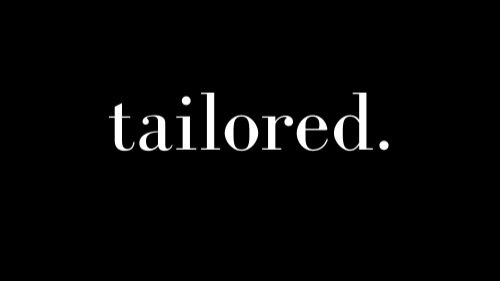Green-washing and green-wishing
Greetings, friends!
How is your clothing investigation going? Have you discovered the labels on your clothing? Does anything read ‘organic cotton’?
Well, if you’re like me, you might be finding that a lot of your clothing labels are more likely to read ‘viscose’ or ‘polyester’ – especially the clothes that you bought before becoming a savvy, sustainable consumer.
So this week I wanted to skip ahead, past the natural fibers, and to investigate what these synthetic and semi-synthetic fibers are all about…
Before we can dive into each type of fiber (which is too much for this week alone) let’s remind ourselves what semi-synthetic and synthetic actually mean.
Synthetic fibers are “made of synthetic materials, usually formed through chemical processes. The fibers are generally extracted during the chemical process using a spinneret, which is a device that takes polymers to form fibers.” (MasterClass) Synthetic fibers are cheaper to produce and can be stain and water resistant.
Semi-synthetic fibers are “derived from naturally occurring fiber through a chemical process.” (Naturalclothing.com) Generally this involves breaking down the natural fiber and reconstructing it into a material to create fabric. While some of these materials can be produced sustainably, this is where we have to be most careful of greenwashing and green-wishing (what is green-wishing? Read more here).
A key difference is that “manufacturing of synthetic fibers begins with natural gas, coal, and oil.” Read. That. Again.
Ugh.
So, along with conventional cotton, let’s add synthetic fibers to our ‘do not buy’ list! Synthetic fibers include polyester, nylon, acrylic, PVC, spandex and olefin and anything that is wrinkle free, stain resistant or pest repellent.
Easier said than done, I agree. Don’t go running to donate or trash the synthetic clothing already in your closet. In the coming weeks, we’ll explore how synthetic fibers (and natural ones) can be recycled so that they don’t end up in landfills.
For now, keep looking at those tags and the product description before you buy anything new. Better yet, don’t buy anything new! The most sustainable way to manage your closet is to wear what you already own.
Until next week,
xo Kevin

